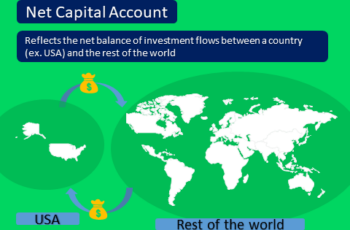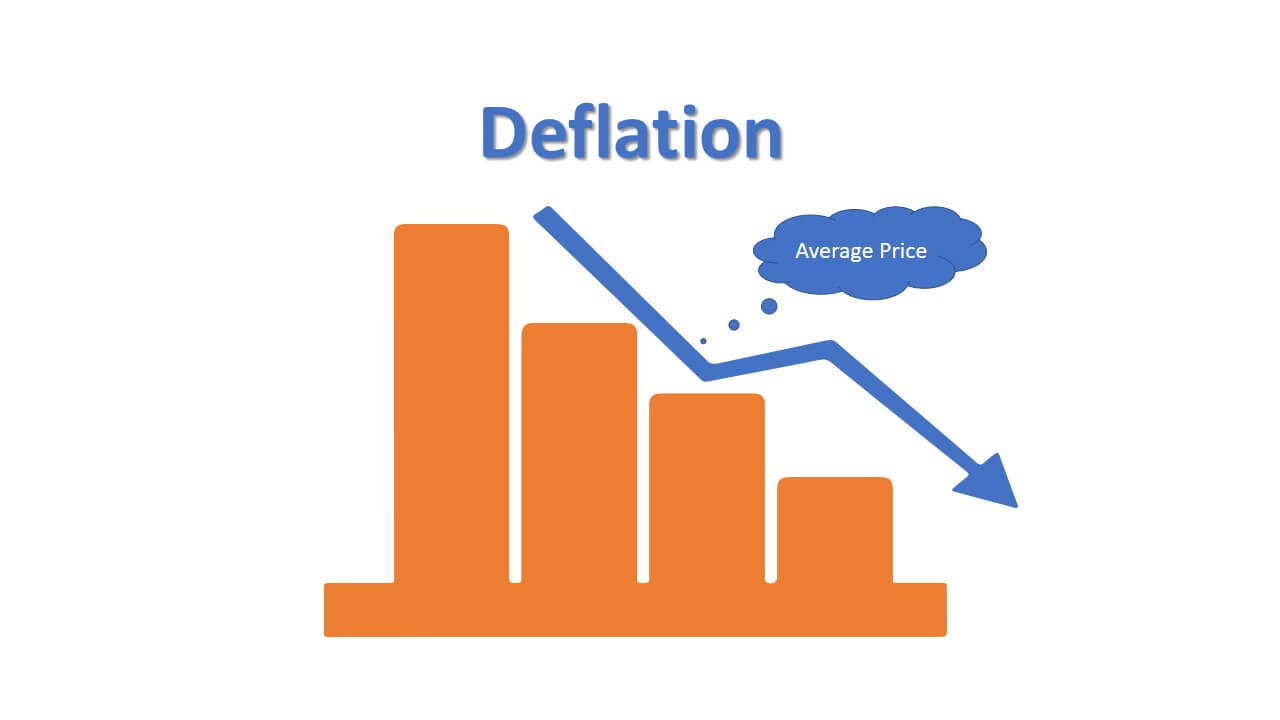A government budget is a revenue and expenditure plan typically for three months, six months, and one year.
Revenues and expenses are elements of a budget
Government budget balance, also known as fiscal balance, is the difference between the government’s revenues and expenses.
Government has revenues mostly coming from taxes, investment, tariffs, and fees from services provided by the government. The expenditures of the government constitute payments to social security beneficiaries, military spending, etc.
Like any business and individual government, revenues and expenditures are not equal. So, there is an imbalance in the government budget. Here I will explain the types of budgets based on revenue and expenditure proportions.
Government Balanced Budget
Balance Budget
A balanced budget refers to a fiscal year when the government’s revenues equal its expenditures. In reality, it is unlikely, that the sum of revenues and expenditures to be even.
Budget Surplus
Budget surplus revers to a fiscal year, in which the total revenues of a government exceed its total expenditures.
Government Budget Surplus
A budget surplus means that government collects more taxes plus other revenues than its total expenditures.
Budget surplus is considered healthy, but not too much surplus. If a government has a huge surplus, it means that the government could spend somewhere to boost the economy or spend raising the quality of life of its citizens but did not. So, a proportionate surplus is healthy, and the government can pay back its accumulated debts collected in the past if it has.
Before the covid-19 pandemic, some developed nations had surpluses. They are Norway, Hong Kong, Macau, Singapore, etc.
Government Budget Deficit
A budget deficit refers to a fiscal year, in which a government’s expenditures exceed its revenue (opposite of a budget surplus).
Government Budget Deficit
It means that government collects fewer taxes plus other revenues than its total expenditures.
The government finances its deficits, and issues debts to compensate for its debts. The total amount of debts that the government has accumulated over time is called national debt or public debt. Usually, public debt is measured relative to its GDP and called Public Debt to GDP ratio.
How to Lower Budget Deficit?
A government with a budget deficit can only decrease it either by raising taxes or other sources of income for the government or by cutting expenditures.
Repairing a budget deficit is not an easy task. Many countries, including the USA, Italy, and France, continue to accumulate national debt for years, due to being unable to collect increased revenue or decrease expenses.
A nation only can boost revenues to cut the deficit if the unemployment rate is low and investment high. However, falling unemployment and increasing investment in the 21st century are difficult due to the easy movement of capital from one nation to another.
Reversing the budget deficit trend requires years to battle. It might require deregulating or introducing new regulations to persuade investors to invest and pay taxes.
For some countries where natural resources are the main revenues of the government, such as Saudi Arabia and Russia, cutting the budget deficit depends on oil revenues. If the oil price rises, the budget deficit declines automatically, and vice versa.
Is Government Budget Deficit Bad?
It is believed that a budget deficit to some extent is healthy for the economy. It represents that the government is stimulating the economy by boosting expenditure.
However, if the economy is in bad shape, there is a recession, unemployment is high, investments fall, and it is a weak sign of management. The government can boost the economy by issuing bonds to stimulate the economy, increasing expenditure, to lower strains on its citizens.






